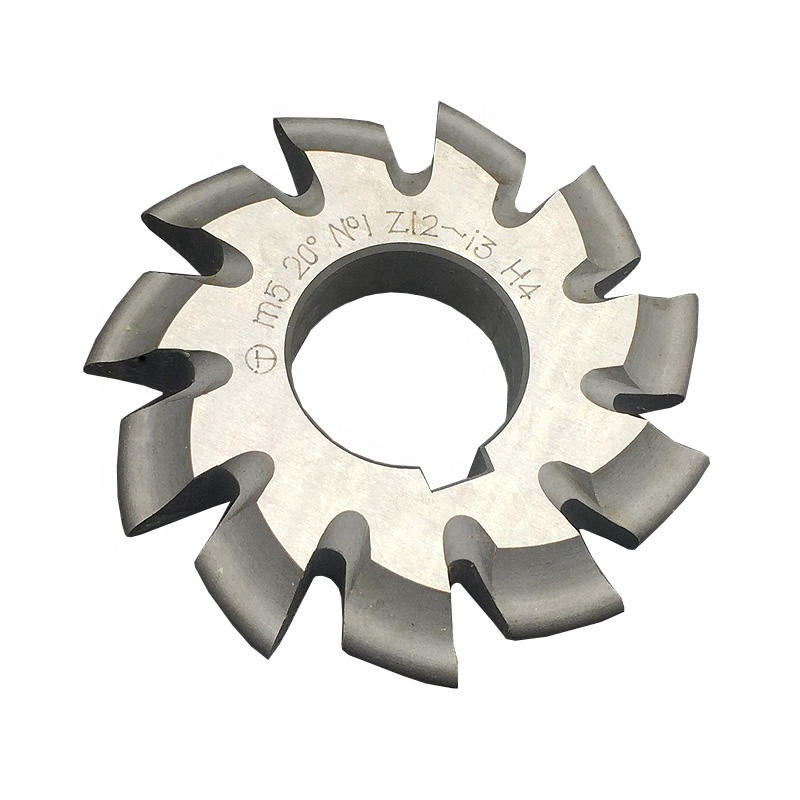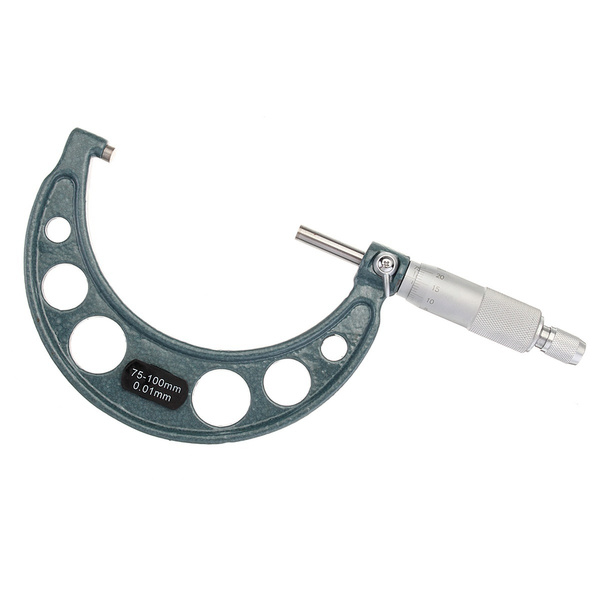brake micrometer
A brake micrometer is a precision measuring tool specifically designed to accurately measure the thickness of brake rotors and drums, even when they are still mounted on the vehicle. This eliminates the need for disassembly, saving time and ensuring precise measurements for determining wear and remaining lifespan. It's an essential tool for automotive technicians and mechanics to ensure vehicle safety and performance.Understanding Brake MicrometersBrake micrometers are more than just regular micrometers. Their unique design allows access to hard-to-reach areas within the braking system. They typically feature a deep throat and specialized anvils to accommodate the shape and size of brake components. Choosing the right brake micrometer ensures accurate readings and reliable assessments of brake system health.Types of Brake MicrometersWhile the core function remains the same, brake micrometers come in various types to suit different needs. These primarily differ based on their measuring range, resolution, and whether they are digital or analog.Analog Brake Micrometers: Traditional and reliable, these micrometers use a thimble and barrel to display measurements. They are typically more affordable but require more skill to read accurately.Digital Brake Micrometers: These offer a digital display, making readings quick and easy to understand. They often include features like metric/inch conversion and zeroing capabilities.Key Features to ConsiderWhen selecting a brake micrometer, consider the following features:Measuring Range: Ensure the micrometer’s range covers the typical thickness of the rotors and drums you work with.Resolution: Higher resolution (e.g., 0.0001') provides more precise measurements.Throat Depth: A deeper throat allows you to measure further into the rotor or drum.Anvil Shape: Choose a shape that fits the contours of the brake components you measure.Digital vs. Analog: Consider your preference for ease of reading and any desired features like data output.Using a Brake Micrometer: A Step-by-Step GuideUsing a brake micrometer correctly is crucial for obtaining accurate measurements. Here’s a general guide:Clean the Measuring Surfaces: Ensure the anvil and spindle are free from dirt, debris, and rust.Zero the Micrometer: Calibrate the micrometer to zero before each use. For analog micrometers, this involves using a wrench to adjust the sleeve until the reading is zero. Digital micrometers typically have a zeroing button.Position the Micrometer: Place the anvil and spindle on the area of the rotor or drum you want to measure. Ensure they are perpendicular to the surface.Tighten the Thimble: Gently tighten the thimble until the spindle makes contact with the surface. Avoid overtightening, as this can distort the reading.Read the Measurement: Read the measurement on the barrel and thimble (analog) or on the digital display (digital).Repeat Measurements: Take multiple measurements at different points on the rotor or drum to check for variations in thickness.Interpreting Brake Micrometer ReadingsThe measurements obtained with a brake micrometer are used to determine if the brake rotor or drum is within the manufacturer’s specifications. If the thickness is below the minimum specified thickness, the component should be replaced. Always consult the vehicle's service manual for the correct specifications.Recommended Brake Micrometer OptionsHere are a few brake micrometers that are available, along with their key features. This is not an exhaustive list, and it's essential to research and choose a micrometer that best suits your specific needs and budget. Brand Model Type Measuring Range Resolution Mitutoyo Digital 0-1'/0-25.4mm 0.00005'/0.001mm Starrett 230MXFL-1 Analog 0-1'/0-25mm 0.0001'/0.002mm Brown & Sharpe Analog 0-1'/0-25mm 0.0001'/0.002mm Note: Specifications and availability may vary. Always verify with the manufacturer.Maintaining Your Brake MicrometerProper maintenance is essential for ensuring the accuracy and longevity of your brake micrometer.Clean Regularly: Wipe the micrometer clean after each use to remove dirt, oil, and debris.Store Properly: Store the micrometer in its case or a protective environment to prevent damage.Calibrate Periodically: Have the micrometer calibrated periodically to ensure its accuracy. The frequency of calibration depends on usage and environmental conditions.Wayleading Tools: Your Partner for Precision MeasurementAt Wayleading Tools, we understand the importance of accurate and reliable measuring tools for automotive professionals. That's why we offer a range of high-quality measuring instruments, including brake micrometers, to meet your specific needs. We are committed to providing tools that deliver precision, durability, and ease of use. Contact us today to learn more about our products and how we can help you achieve accurate measurements in your work. Our experienced team can help you select the right brake micrometer for your applications.Troubleshooting Common IssuesEven with proper care, you might encounter some issues with your brake micrometer. Here are some common problems and potential solutions:Inconsistent Readings: This could be due to dirt on the measuring surfaces, improper zeroing, or damage to the micrometer. Clean the surfaces, re-zero the micrometer, and inspect for any damage.Difficulty Zeroing: Check for any obstructions or damage to the thimble or sleeve. If necessary, have the micrometer professionally serviced.Tight or Stiff Movement: This could be due to lack of lubrication or corrosion. Apply a small amount of instrument oil to the moving parts.ConclusionA brake micrometer is an indispensable tool for automotive technicians who prioritize accuracy and efficiency. By understanding the different types, features, and proper usage techniques, you can ensure accurate measurements and make informed decisions about brake system maintenance and repair. Investing in a quality brake micrometer and maintaining it properly will save you time, improve the quality of your work, and enhance vehicle safety. Disclaimer: This article provides general information and should not be considered a substitute for professional advice. Always consult the vehicle manufacturer's specifications and guidelines.
Related products
Related products
Best selling products
Best selling products-
 Round Die Wrench For Thread Cutting Tools
Round Die Wrench For Thread Cutting Tools -
 R8 Hex Collet With Inch and Metric Size
R8 Hex Collet With Inch and Metric Size -
 Parting & Grooving Tool Set With SLTB Blcok, NCIH Blades, GTN Inserts
Parting & Grooving Tool Set With SLTB Blcok, NCIH Blades, GTN Inserts -
 Precision Dial Test Indicator Holder For Industrial
Precision Dial Test Indicator Holder For Industrial -
 ER Collet Set With Hight Precision Milling
ER Collet Set With Hight Precision Milling -
 Precision Dial Caliper Of Metric & Imperial For Industrial
Precision Dial Caliper Of Metric & Imperial For Industrial -
 Precision 7pcs Angle Blocks Set With High Quality Type
Precision 7pcs Angle Blocks Set With High Quality Type -
 HSS Module Involute Gear Cutters With PA20 And PA14-1/2
HSS Module Involute Gear Cutters With PA20 And PA14-1/2 -
 Inch Solid Carbide Twist Drill With Internal Coolant & External Coolant
Inch Solid Carbide Twist Drill With Internal Coolant & External Coolant -
 Precision Dial Caliper Of Double Shock-Proof For Industrial
Precision Dial Caliper Of Double Shock-Proof For Industrial -
 Precision Digital Caliper Of With Metric & Inch Size For Industrial
Precision Digital Caliper Of With Metric & Inch Size For Industrial -
 7pcs Carbide Turning Tool Set With Metric & Inch Size
7pcs Carbide Turning Tool Set With Metric & Inch Size











